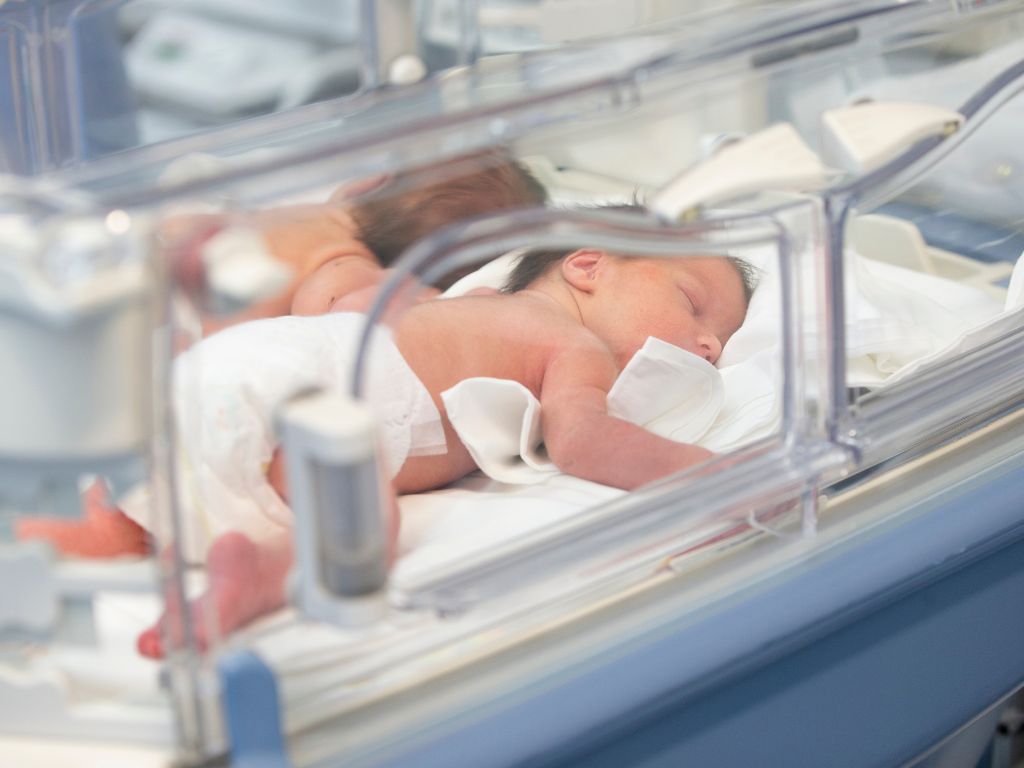
4 Top Ways to Help Prevent Early-Onset Neonatal Sepsis
Preventing Early-Onset Neonatal Sepsis: What Every Parent Should Know
Bringing a new baby into the world is such a joyful time, but it also comes with a whole new set of things to learn about keeping them healthy. One thing that might sound a little scary is early-onset neonatal sepsis – that’s a serious infection that can sometimes happen in the first 72 hours after your baby is born. As parents, getting the lowdown on the risk factors and how we can help prevent it is super important for giving our little ones the best start in life.
What Exactly is Early-Onset Neonatal Sepsis, and Why Does Prevention Matter?
Early-onset neonatal sepsis is when a bacterial infection gets passed on to your baby either before or during birth 2. The most common culprits are Group B Streptococcus (GBS) and Escherichia coli (E. coli) 1, 3. This kind of infection can progress really quickly and lead to some serious stuff like pneumonia, meningitis (that’s when the membranes around the brain and spinal cord get inflamed), and sadly, in some cases, it can even be life-threatening 5, 6, 8. That’s why focusing on prevention is key to keeping our newborns healthy and safe right from the start.
Good to Know: Key Risk Factors
There are a few things that can make the risk of early-onset neonatal sepsis a bit higher 1, 3:
- Mom carrying Group B Strep (GBS): If a mom has this bacteria living in her vagina or rectum during pregnancy, it can sometimes pass to the baby as they go through the birth canal.
- Premature birth: Babies born before 37 weeks of pregnancy have immune systems that aren’t quite as developed yet, making them a little more vulnerable to infections.
- Water breaking early: If the amniotic sac (your water) breaks more than 18 hours before labor starts, there’s a slightly higher chance that bacteria could travel up into the uterus and infect the baby.
- Mom having a fever during labor: A temperature of 100.4°F (38°C) or higher for the mom during labor could be a sign of an infection in the amniotic fluid, which can increase the risk for the baby.
- GBS urinary tract infection during pregnancy: If a mom had a GBS-related UTI while pregnant, there’s a higher chance she might be carrying the bacteria when it’s time to give birth.
- Previous baby with early-onset GBS: If you’ve had a baby before who had early-onset GBS, the risk might be a little higher in future pregnancies.
4 Top Ways to Help Prevent Early-Onset Neonatal Sepsis
The good news is there are some really effective things we can do to help prevent early-onset neonatal sepsis, especially when it comes to Group B Strep 1, 7:
- 1. Getting tested for Group B Strep (GBS): All pregnant women should get a GBS screening test between weeks 35 and 37 of pregnancy. This involves a quick swab of the vagina and rectum to see if the bacteria is present.
- 2. Antibiotics during labor: If the GBS test comes back positive, or if there are risk factors like preterm labor or your water breaking early and the test result isn’t known, the mom will get antibiotics through an IV during labor. This is super helpful in preventing the bacteria from passing to the baby.
- 3. Careful management of early water breaking: The medical team will keep a close eye on things if your water breaks early and will decide the best time for delivery, keeping the risk of infection in mind.
- 4. Good prenatal care: Regular checkups during pregnancy help catch and manage any potential risk factors, like those urinary tract infections.
What You Can Do as Parents to Help
Besides trusting your awesome medical team, there are things you can do as informed parents:
- Make sure the GBS test happens: Chat with your doctor about how important this test is and make sure it gets done at the right time during your pregnancy.
- Keep your medical team in the loop about any risks: Tell your doctor if you’ve had a GBS infection before, had a fever during labor in a past pregnancy, or have any other concerns.
- Keep an eye out for any signs of infection in your newborn: Even though prevention is key, it’s still good to be aware of possible infection signs in those first few days, like a fever, trouble feeding, being really sleepy, or being extra fussy. If anything seems off, don’t hesitate to get medical help right away.
Prevention is Key for a Healthy Start
Early-onset neonatal sepsis is a serious condition, but with timely GBS screening for moms and antibiotics during labor when needed, the risk can be greatly reduced. Stay informed, keep the lines of communication open with your healthcare team, and trust in the care protocols to help give your little one the healthy and safe beginning they deserve.
References
- Management of Infants at Risk for Group B Streptococcal Disease.
- Anderson-Berry AL. Medscape. 2015.
- Edwards MS. UpToDate. 2016
- Short MA. Adv Neonatal Care. 2004;4(3):141–153.
- Edwards MS, Baker CJ. UpToDate. 2016.
- Edwards MS. UpToDate. 2016.
- Baker CJ. UpToDate. 2016.
- Gupta G. Medscape. 2018.
🧭 Curtiu este conteúdo?
O Oxytomed tem mais artigos científicos explicados de forma leve e humana.Continue explorando:








1 comment so far